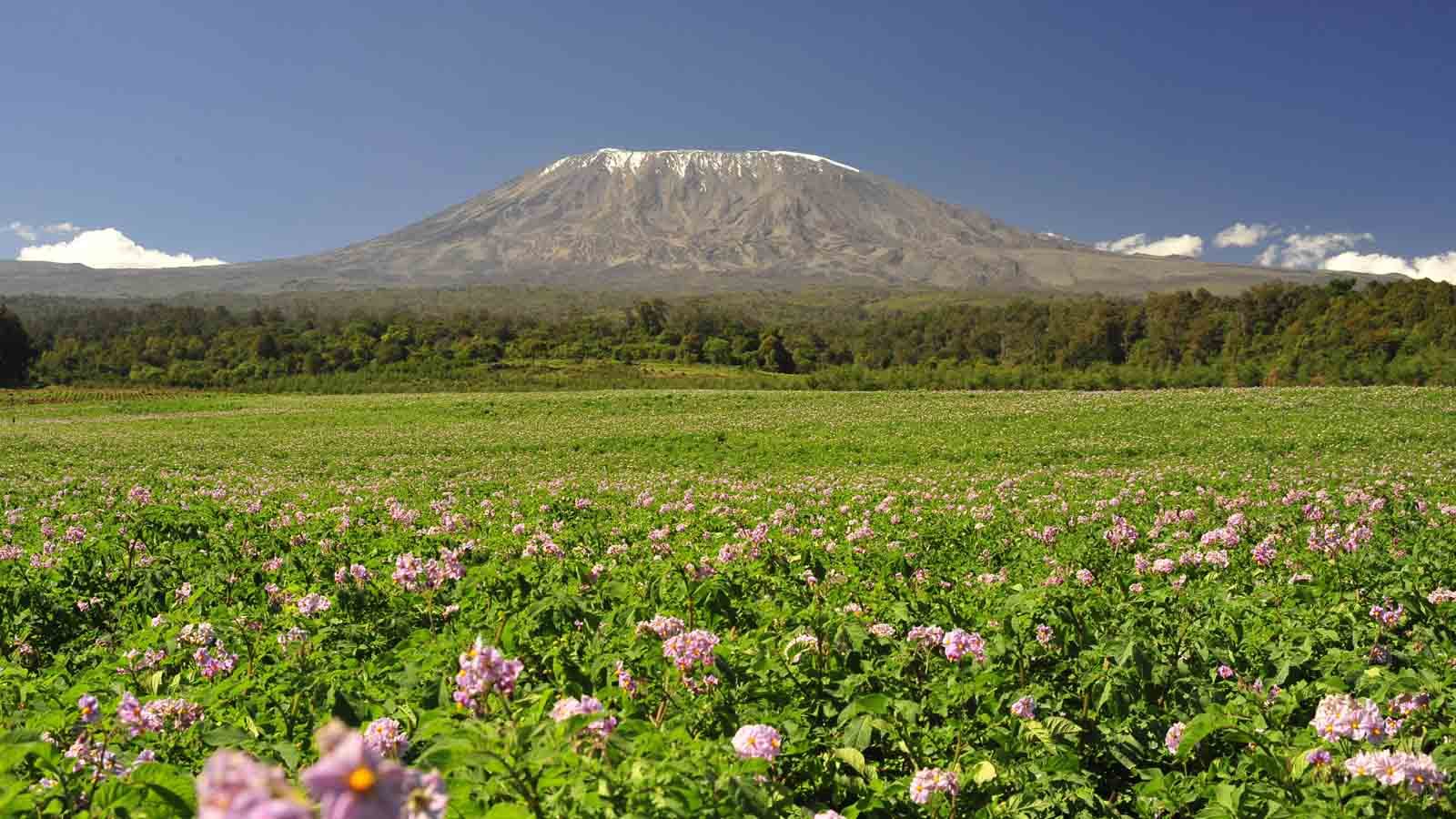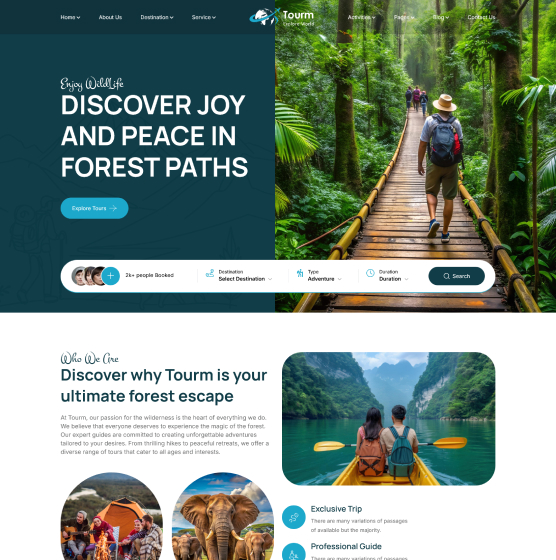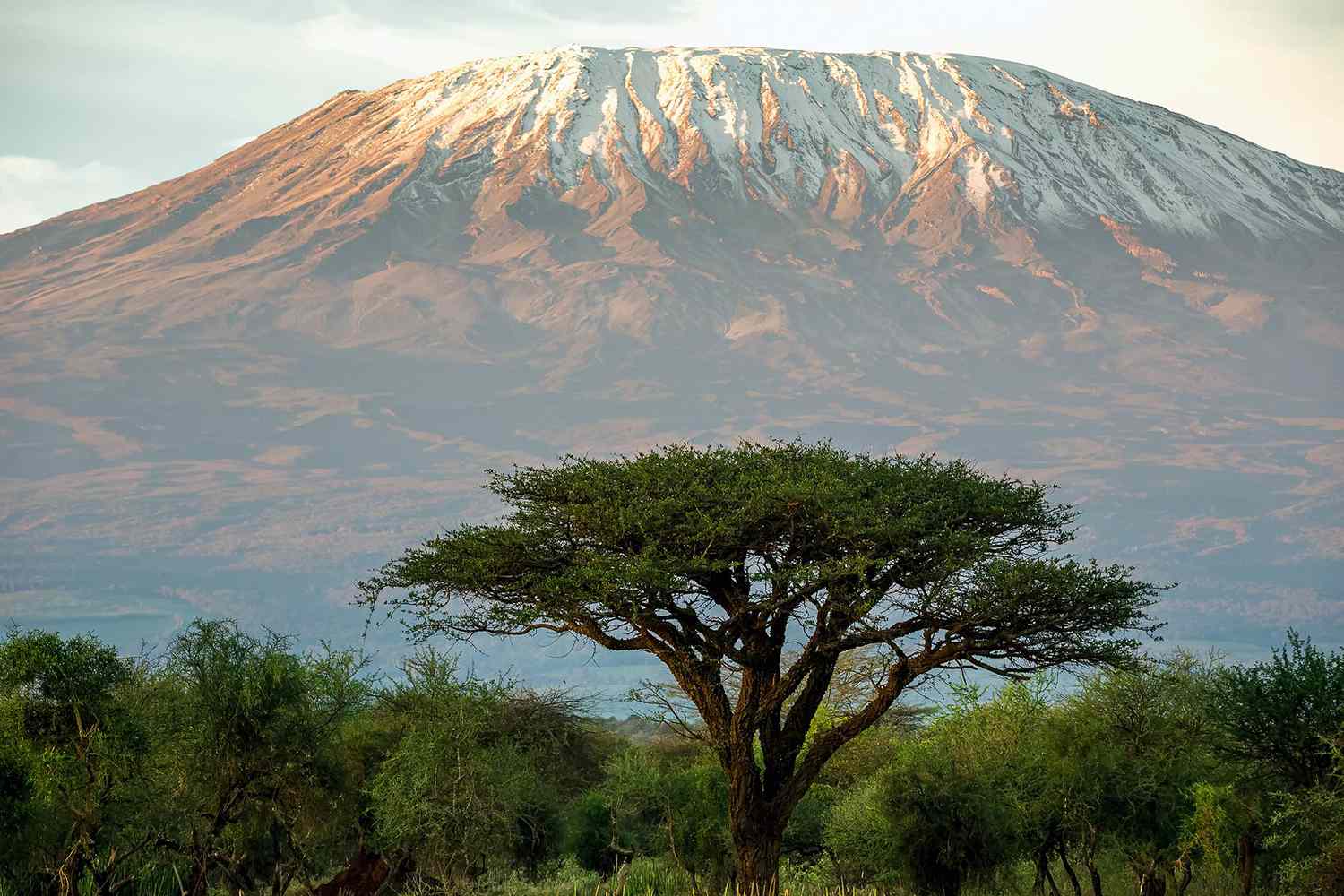15 Amazing Sights to See While Climbing Mount Kilimanjaro.
Here are 15 Amazing Sights to See While Climbing Mount Kilimanjaro. Climbing Mount Kilimanjaro is more than just a high-altitude trek—it’s a journey through one of the most diverse and breathtaking landscapes on Earth. From the moment you set foot on the trail to the final steps at the summit, you’ll witness a stunning range of ecological zones, geological wonders, rare wildlife, and unforgettable natural beauty.
Ascending from around 6,000 feet to 19,340 feet, Kilimanjaro takes climbers through five distinct climate zones—rainforest, heath, moorland, alpine desert, and arctic summit. Along the way, these 15 highlights are among the most incredible sights to behold:

1. Rainforest
Every Kilimanjaro route begins in the vibrant, mist-shrouded rainforest zone. This lush environment, typically found between 5,000 and 9,000 feet, receives up to 80 inches (2,000 mm) of rainfall annually—mostly concentrated during the wet months of April-May and November. The forest is alive with exotic bird calls, rustling leaves, and the occasional chatter of primates. Giant ferns, moss-covered trees, and dense vegetation set the tone for the natural wonders ahead.
2. Colobus Monkeys
As you ascend through the rainforest, keep your eyes on the treetops—you might spot the striking black-and-white Colobus monkey. These arboreal primates are known for their unique appearance and lack of thumbs, which inspired their name, derived from the Greek word kolobos, meaning “docked” or “mutilated.” Their long tails and acrobatic movements make them a joy to watch in their natural habitat.
3. Zebra Rock
Found along the Marangu Route, Zebra Rock is one of Kilimanjaro’s more unusual geological formations. Its name comes from the distinctive black and white striping caused by mineral-rich rainwater that has etched white streaks down a wall of dark volcanic rock. The result resembles a zebra’s coat and makes for a striking photo opportunity—and a reminder of the mountain’s volcanic past.
4. Dendrosenecio Kilimanjari Plants
Higher up the trail, in the moorland zone, you’ll encounter the surreal-looking Dendrosenecio Kilimanjari—a rare species of giant groundsel unique to the high altitudes of Kilimanjaro. These bizarre plants have adapted to the mountain’s extreme and unpredictable weather by evolving insulation techniques to survive the cold nights and intense sun during the day. They can grow up to 10 meters tall and add an otherworldly feel to the landscape.
5. Shira Plateau
Situated on the western side of the mountain, the Shira Plateau is a high-altitude expanse formed over 500,000 years ago when the Shira volcanic cone collapsed. The result was a massive caldera that eventually filled with lava and ash from later eruptions. Now sitting at around 12,000 feet, the plateau offers stunning panoramic views, open alpine meadows, and a peaceful, windswept terrain that contrasts dramatically with the lush rainforest below.
6. White-Necked Ravens
These intelligent birds are a familiar sight around campsites and huts on the mountain. Easily identified by the patch of white feathers on the back of their necks, white-necked ravens are opportunistic scavengers and are often spotted scavenging for food scraps left behind by trekkers. Their boldness and clever behavior often provide entertainment during rest stops.
7. Plane Crash Site
One of the more somber and mysterious landmarks on Kilimanjaro is the wreckage of a small passenger plane that crashed in November 2008. The aircraft, carrying four tourists and a pilot, went down on the saddle between the peaks of Kibo and Mawenzi at approximately 14,200 feet. The remains of the crash are still visible and serve as a stark reminder of the mountain’s unpredictability and challenges.
8. Strong Porters
While not a natural sight, the presence of Kilimanjaro’s hardworking porters is unforgettable. These men and women are the backbone of every successful expedition, carrying gear, food, and supplies up the mountain—often at incredible speed and with extraordinary strength. Watching them navigate steep trails with heavy loads is both humbling and inspiring, and it highlights the importance of fair porter treatment and support.
9. Lava Tower
Located at 15,190 feet, the Lava Tower is a towering volcanic plug formed during an eruption between 150,000 and 200,000 years ago. It’s a common acclimatization stop on routes like Machame and Lemosho, and climbers often spend time here adjusting to the altitude. For the more adventurous, scrambling partway up the tower offers an exciting diversion and epic views of the surrounding terrain.
10. Mawenzi
Mawenzi is one of Kilimanjaro’s three volcanic cones and the second-highest peak on the mountain, standing at 16,893 feet. It’s older than the more famous Kibo summit and is known for its jagged, dramatic spires. Mawenzi’s steep slopes prevent the formation of glaciers, giving it a stark and rugged appearance. Though less visited, it adds a dramatic silhouette to the mountain’s eastern horizon.
11. Full Moon Summit
Many climbers plan their trek around the full moon, and for good reason. A full moon bathes the mountain in soft, silvery light, making the final nighttime push to the summit more navigable and magical. On a clear night, the moonlight illuminates the snowfields and rocky slopes, reducing the need for headlamps and adding a surreal glow to the final ascent.
12. Glaciers
Kilimanjaro’s glaciers are among the most iconic features of the mountain, despite their rapid retreat. Once stretching far down the slopes, these icy remnants of the last Ice Age have shrunk by over 85% in the last century. At the summit, you can still witness shimmering blue-white glaciers clinging to the crater rim—an awe-inspiring sight that may not be around for future generations if current trends continue.
13. Kilimanjaro Sunrise
Perhaps the most memorable moment of the entire climb is watching the sunrise near the summit. As you ascend in darkness during the early hours, the horizon slowly begins to glow with brilliant oranges, pinks, and purples. The sunrise, viewed from above the clouds, is nothing short of magical—and provides a powerful burst of motivation for the final stretch to the top.
14. Kibo Crater
Kibo is the highest and most prominent of Kilimanjaro’s three volcanic cones. Near the summit, climbers can peer into the Kibo Crater, a vast depression left by the mountain’s most recent major eruption. The inner crater includes Reusch Crater and the ash pit, a hauntingly beautiful reminder that this mountain is still technically a dormant volcano.
15. Uhuru Peak
The ultimate goal of every Kilimanjaro trek, Uhuru Peak stands at 19,340 feet—the highest point in Africa. “Uhuru” means “freedom” in Swahili, and standing at this peak often evokes an overwhelming sense of achievement, wonder, and humility. Over the years, the summit sign has changed from traditional wooden boards to green metal signage, and back again to its iconic wooden form—welcoming climbers from around the world to the roof of Africa.
Final Thoughts
Each step on Kilimanjaro reveals something new, from rare plants and animals to geological marvels and cultural landmarks. These 15 Amazing Sights to See While Climbing Mount Kilimanjaro just a glimpse of what makes the journey so unforgettable. Whether you’re a seasoned trekker or a first-time climber, the visual and emotional experiences of climbing Kilimanjaro will stay with you long after you’ve returned to sea level.


















